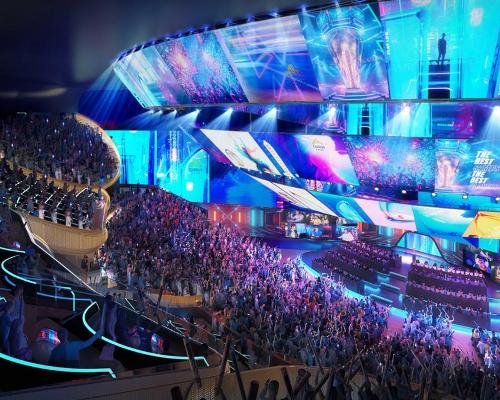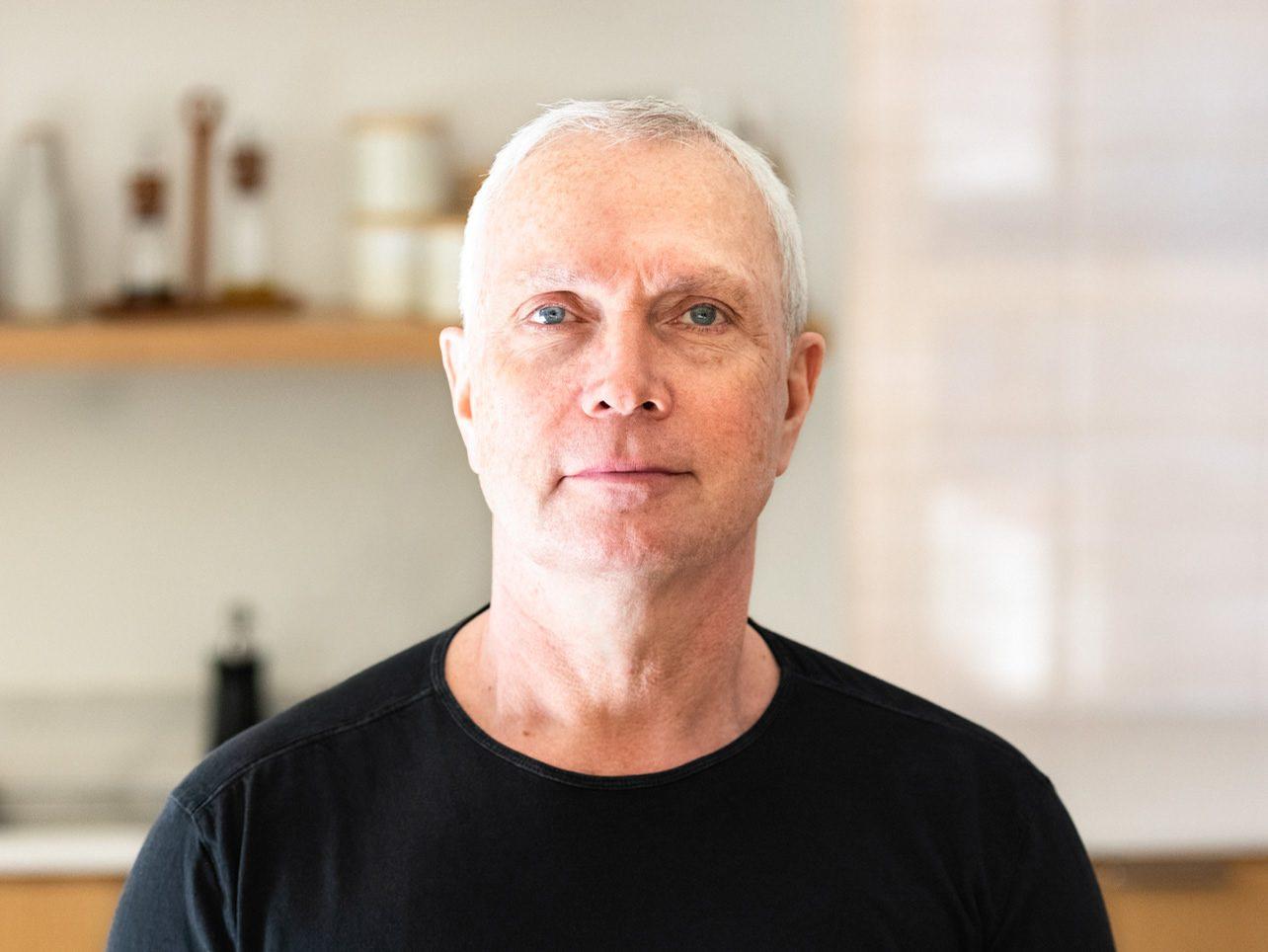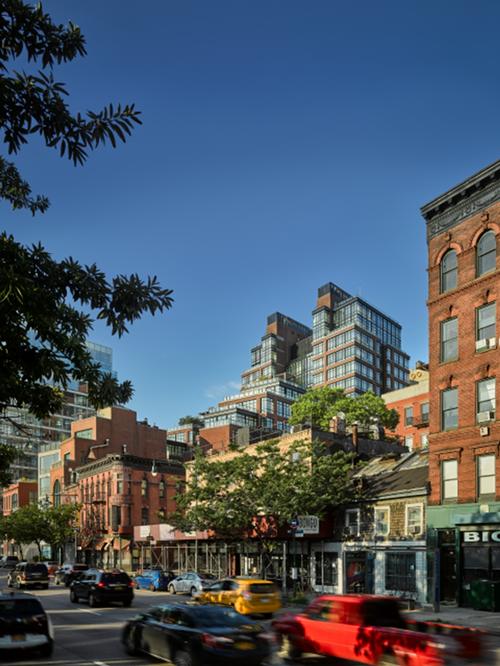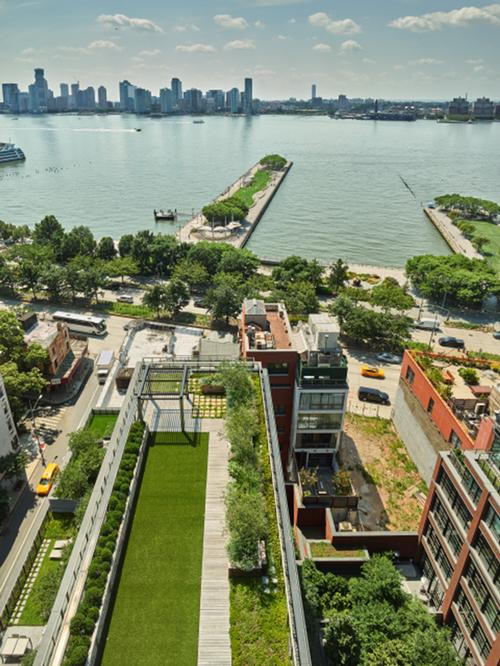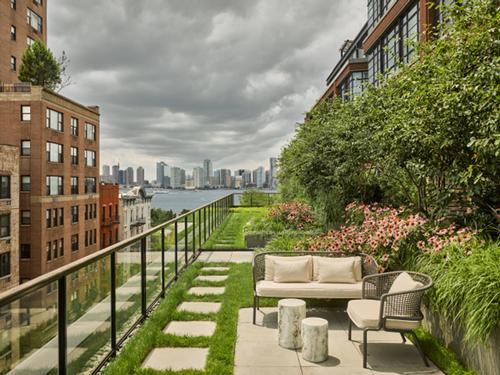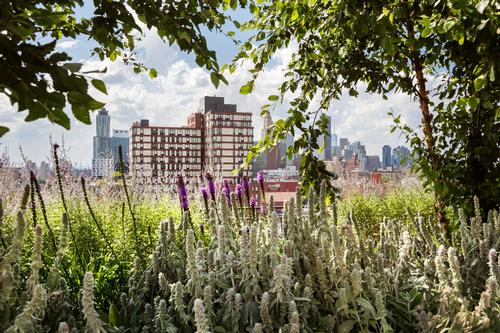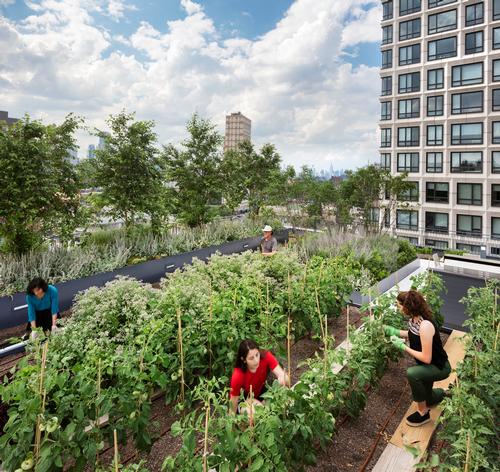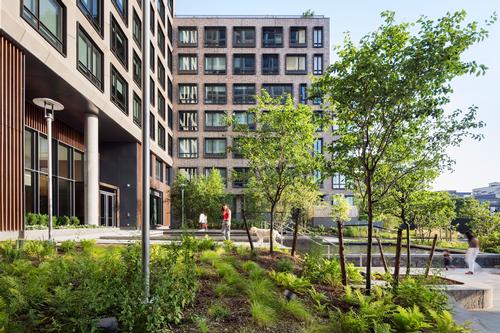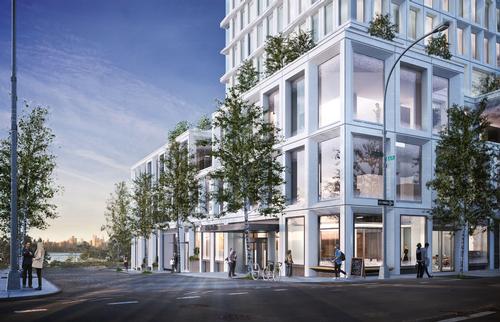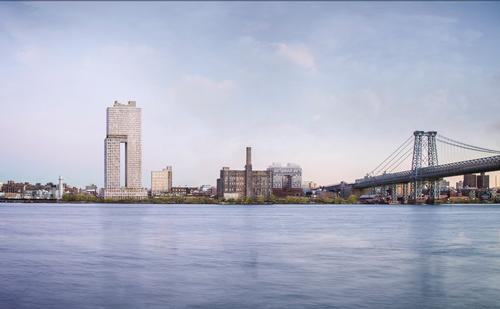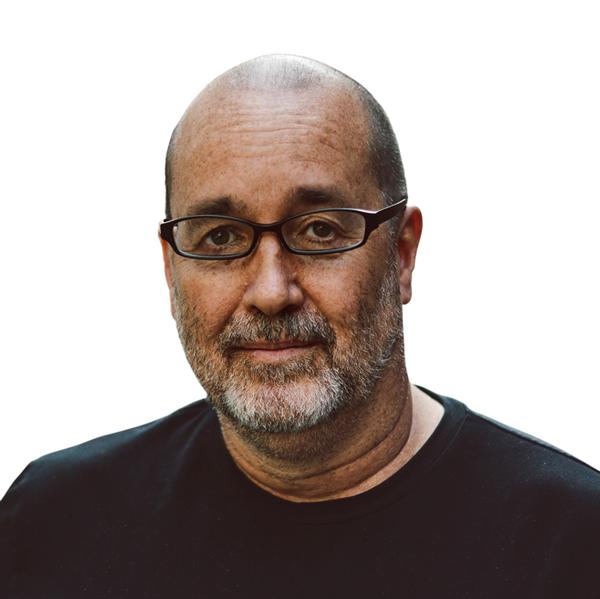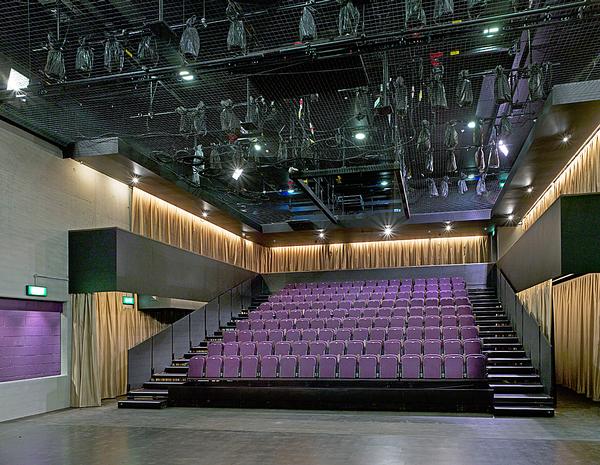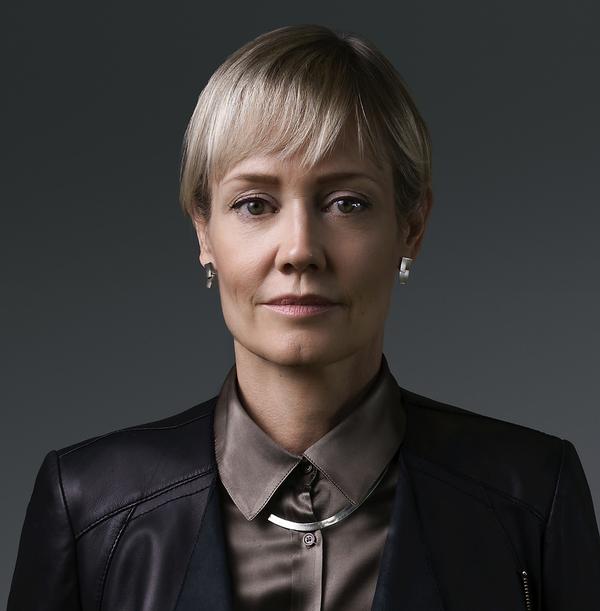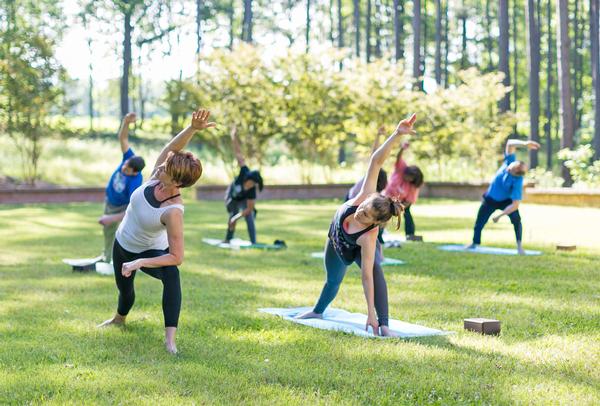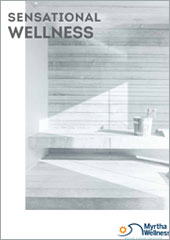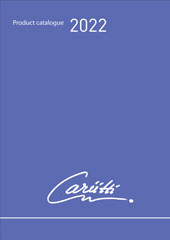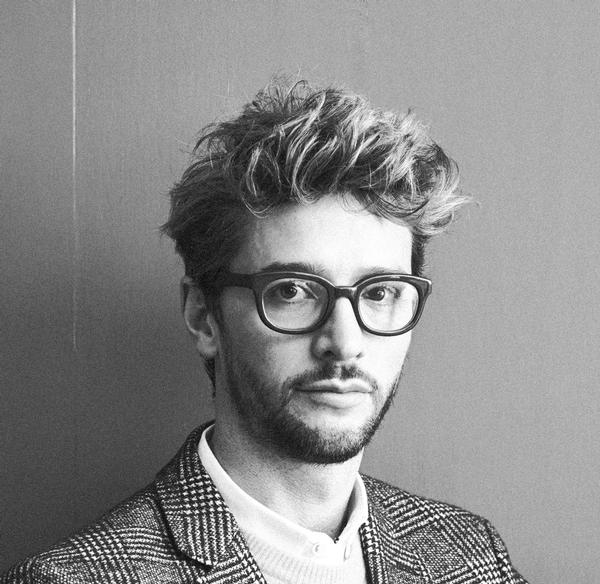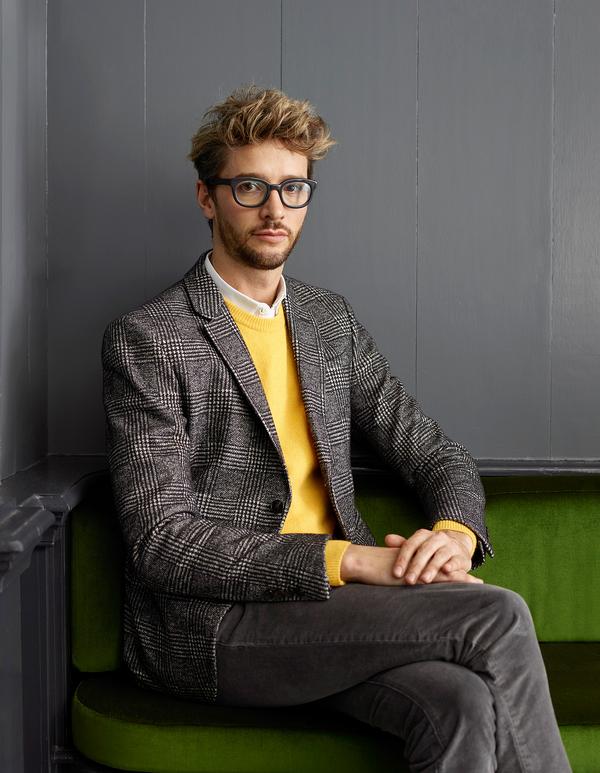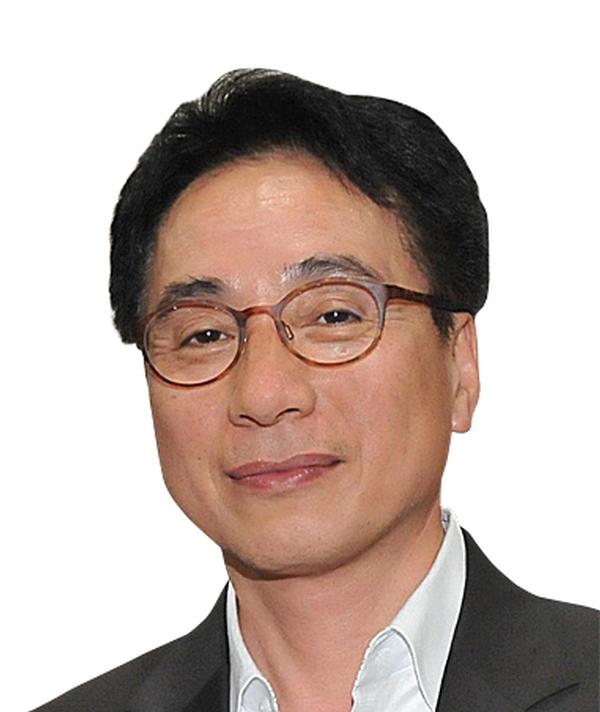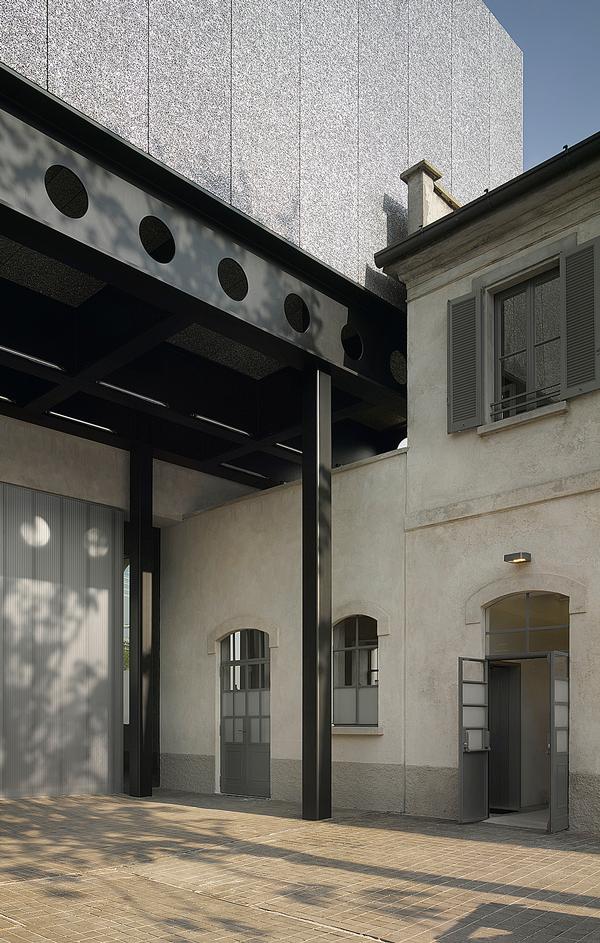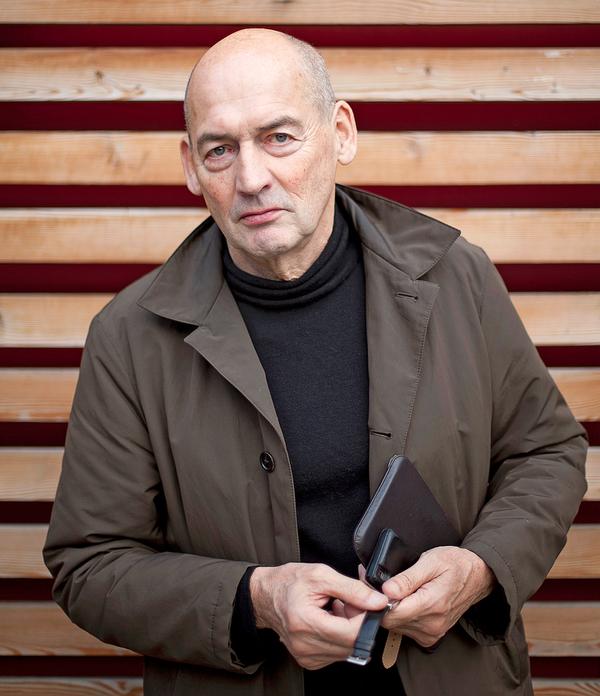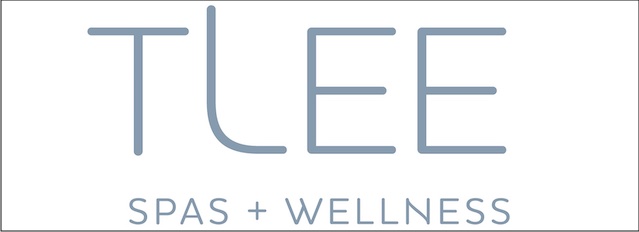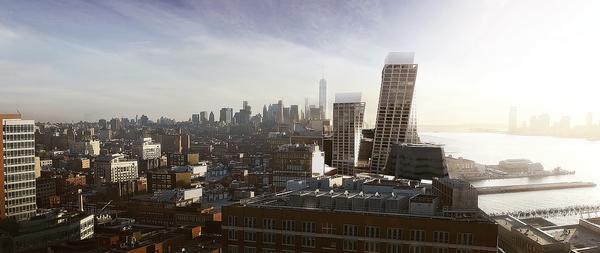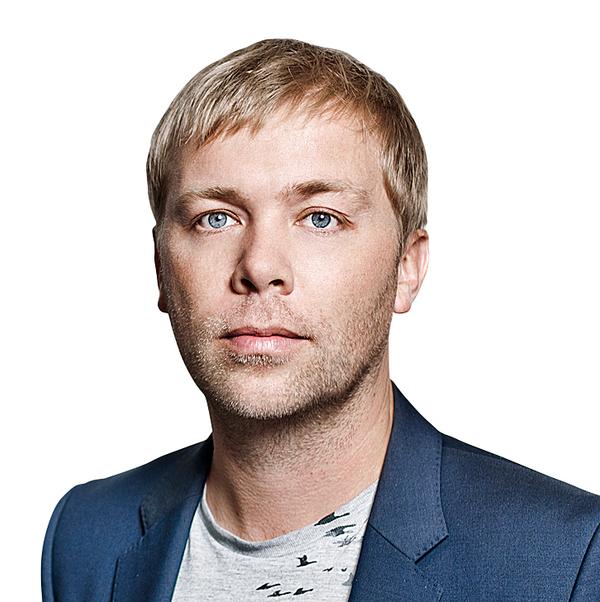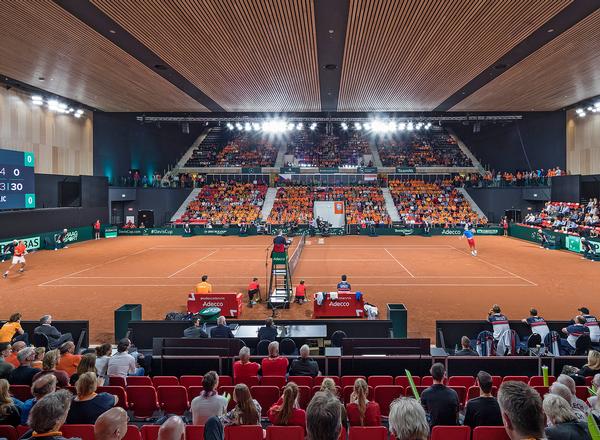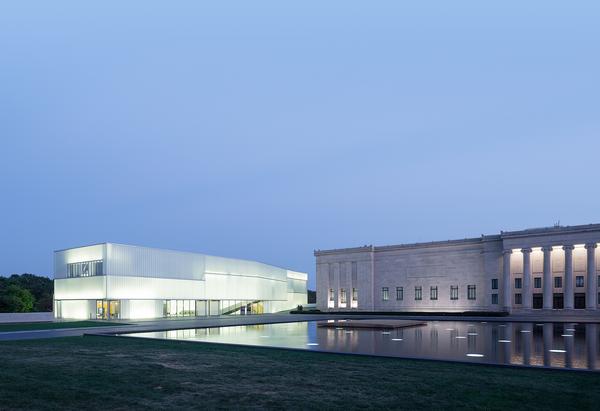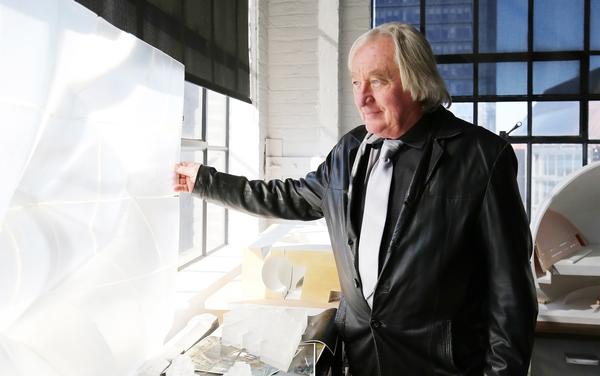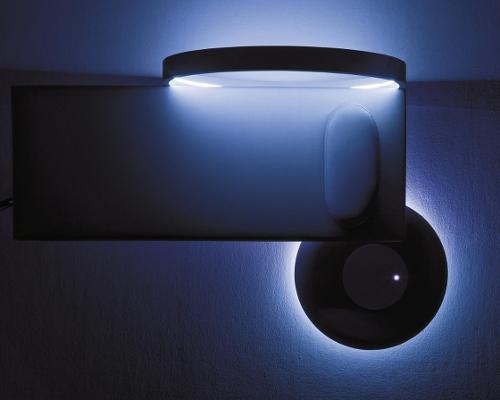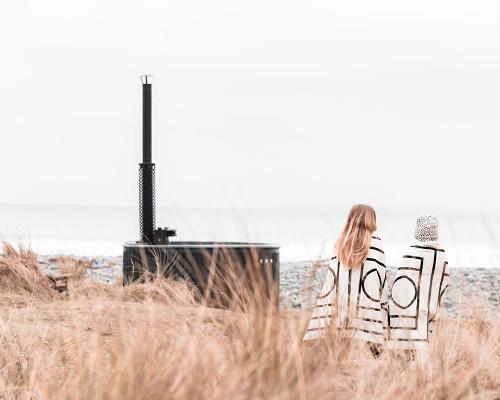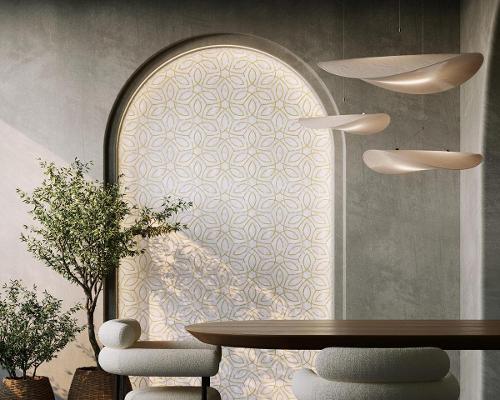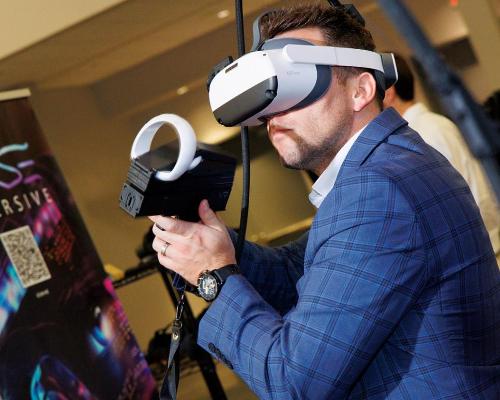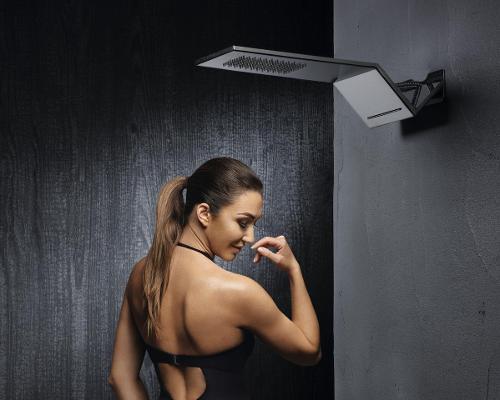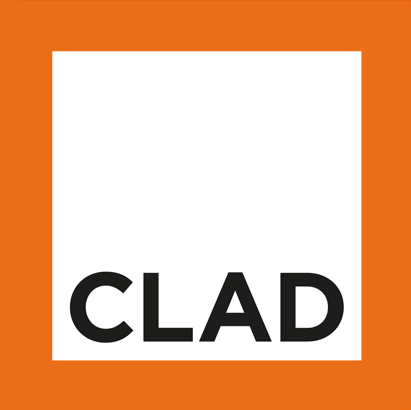Rick Cook on the need for sustainability, wellness and resiliency in design
– Rick Cook
Since being established in 2003, COOKFOX Architects have gained a reputation for being proponents of architecture at the intersection of sustainability and wellness, which co-founder Rick Cook says is more pressing now than ever.
"Our current studio is LEED Platinum, but it's also the first WELL Gold certified project in New York," he explained to CLAD in an interview by way of example. "Which has much more of a focus on human health and wellness and ways that we can achieve those. And, go figure, they're now topics that we're all going to be focussed on moving forward."
Cook was talking from his home overlooking the Hudson River, social distancing as a result of the COVID-19 pandemic, and suggested that the current situation would draw wellness in architecture into sharp focus.
"We're all going to be very interested in our health – and there are technologies that are showing some promise for how we can continue to provide healthy environments when we gather together – but a big blanket statement for COOKFOX is that we like to go back to nature under the theory of biomimicry. You might as well look at three billion years of evolution to see how problems are solved instead of thinking we're going to do it in the next three days."
Needless to say, this is a far cry from when he and Bob Fox set up the firm with a simple desire to pursue beautiful, innovative and sustainable design.
The firm's mission to "create environmentally responsible, holistic and biophilic architecture that fosters occupant wellbeing and a healthy urban landscape" is now particularly pertinent, but Cook explains that he rather stumbled upon the concept of sustainability through his work in the late nineties designing the Ross Institute Center for Well-Being, which educates students to become effective global citizens
"The thought at the time we did the Centre for Well-Being was that the world of architectural design had been really obsessed with the visual," he explained. "The way we conveyed the art of architecture was through pictures in magazines, but the way you experience architecture is with all of your senses."
"Around that time, the US Green Building Council and the LEED rating system were founded and they were really focussed on energy and carbon. We had a global perspective, but it was really focussed on energy.
"So, when we all started making buildings that we tried to ensure were better for the planet, it was really about energy, technology and how we could reduce the carbon footprint. But what we stumbled on was that when we made buildings better for the planet, we could make buildings better for people."
COOKFOX recognised that the energy costs for a typical company in the US was a tiny fraction of the cost of running the business, whereas its people could account for anywhere between two-thirds and three-quarters of that cost.
"If you could increase productivity, you could more than pay for the stuff that we were interested in. Radically cutting the energy – where the cost for a company is 1 per cent – that's nothing. But if you can impact productivity by 1 per cent, you can have a huge economic impact," explained Cook.
With that in mind, the firm started pitching in terms of human health, wellness and wellbeing, but it was the output of these that captured the attention of prospective clients.
"The funny thing is that it wasn't so much that people really cared that much about people's health as much as we'd like at the time," Cook said. "It was that there was a lot of competition for the best talent, which there still is today, so we started to talk in terms of recruitment and retention – and when you talk about recruitment and retention of talent, people really listen."
Today, COOKFOX's work ranges in scope from small "jewel" projects and single-family homes to complex urban transformations and large institutional and commercial spaces. All, however, are built on the firm's underlying principles.
Its 150 Charles Street residential development in New York, for example, saw the adaptive reuse of a massive abandoned warehouse made of concrete, brick and glass. The firm sought to integrate the development with the natural and historic environment of the West Village and, as a result, it features biophilic elements throughout, as well as over 30,000sq ft (2,800sq m) of landscaped space, including green rooftops, planted terraces and courtyards.
The mixed-use 550 Vanderbilt development in Brooklyn was designed to integrate nature for the health and wellbeing of its residents, with natural materials like wood and stone used to create an inviting, tactile experience that transitions residents from the street to their homes.
And One South First/10 Grand, a residential, commercial and retail development in a converted sugar refinery also in Brooklyn, not only features a gym, a café and common areas for its occupants, but also a roof garden with greenery and outdoor recreation space.
As these projects show, COOKFOX remains true to its original vision, but that vision has been – and continues to be – distilled and refined over time, not least recently during a project for Oxford Properties, of which Google is now a tenant.
"When we did the research for the new Google headquarters, there were three overlapping things that came up over and over again about the workplace of the future," said Cook. "One was wellness, another was authenticity and the third one was flexibility, which you can substitute for resiliency."
"We talk about resiliency from natural disasters, in environmentally responsible work and, now, we're all going to be confronted with resiliency in the way we work."
This idea of resiliency is a more macro concept for providing insulation against many individual threats as whole – be they from the climate, to health, against economic upheaval or anything else – and Cook sees it being the next major trend in architecture and beyond.
interview COOKFOX Architects sustainability wellness resiliency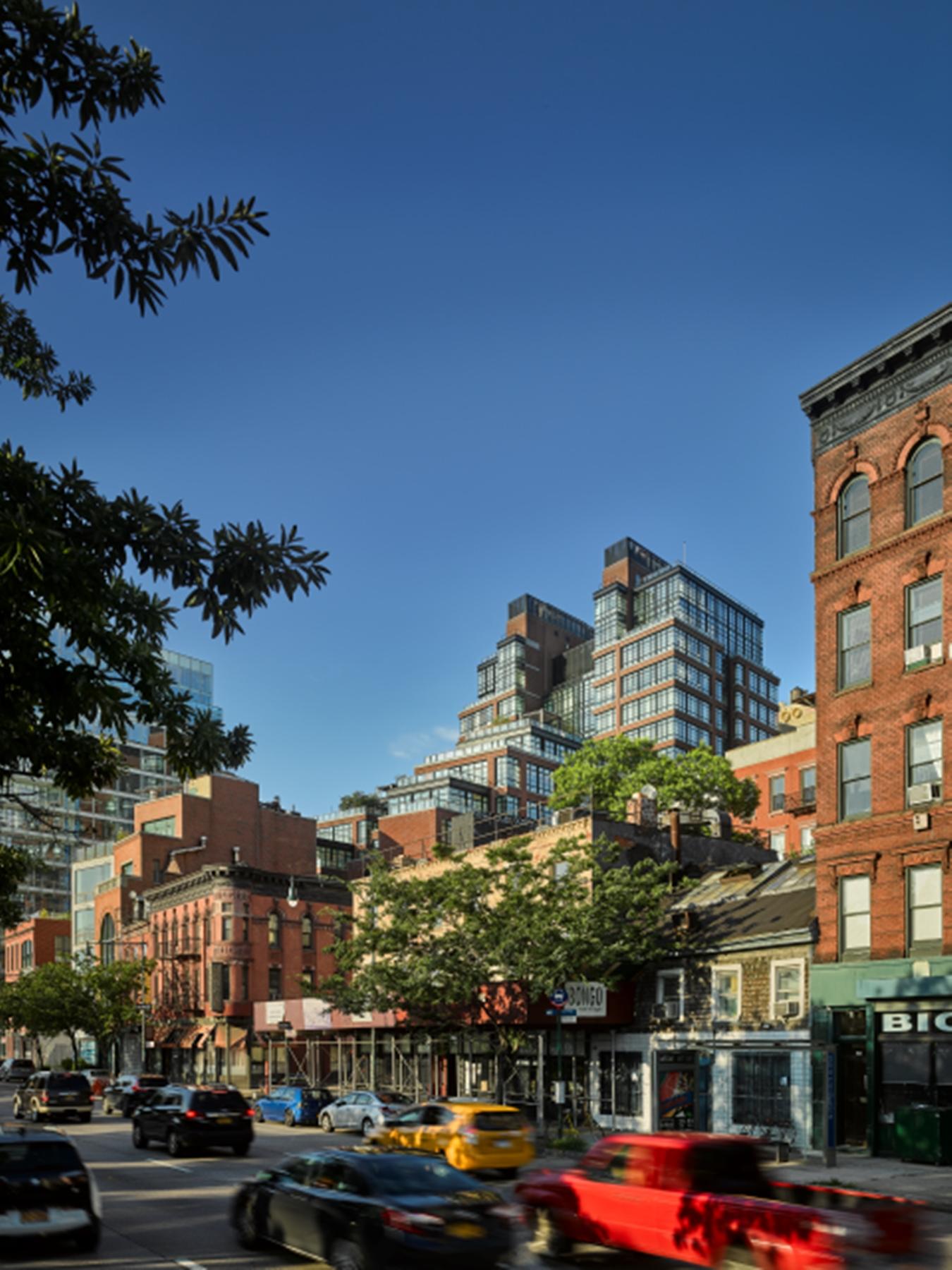
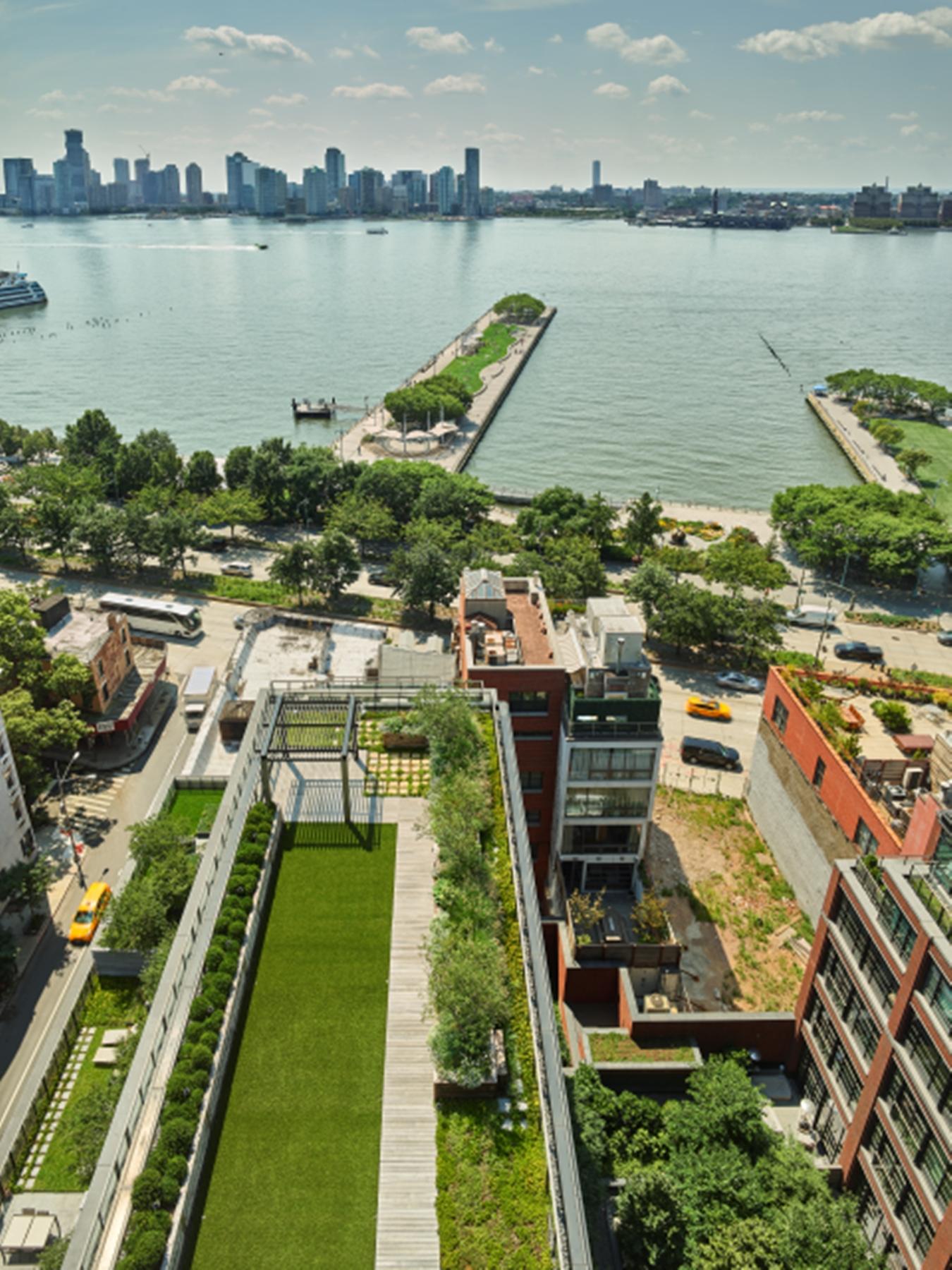
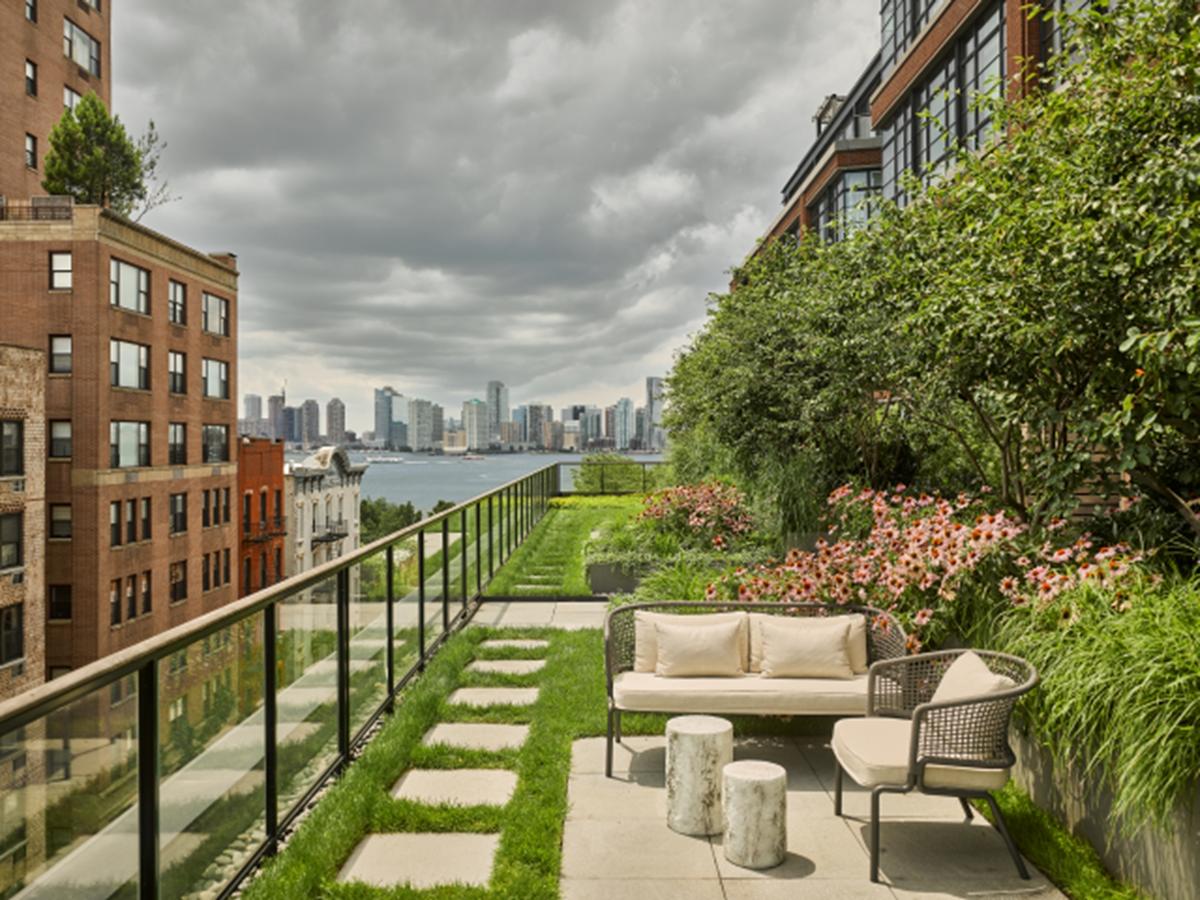
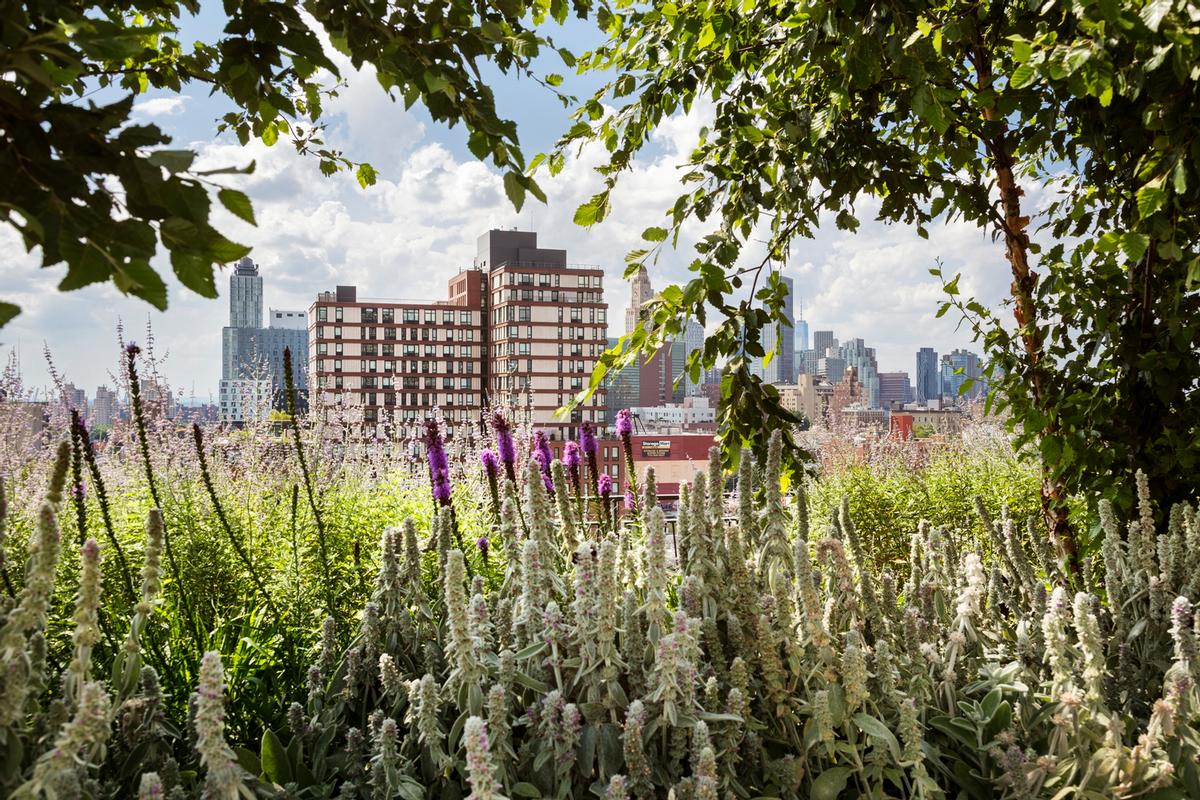
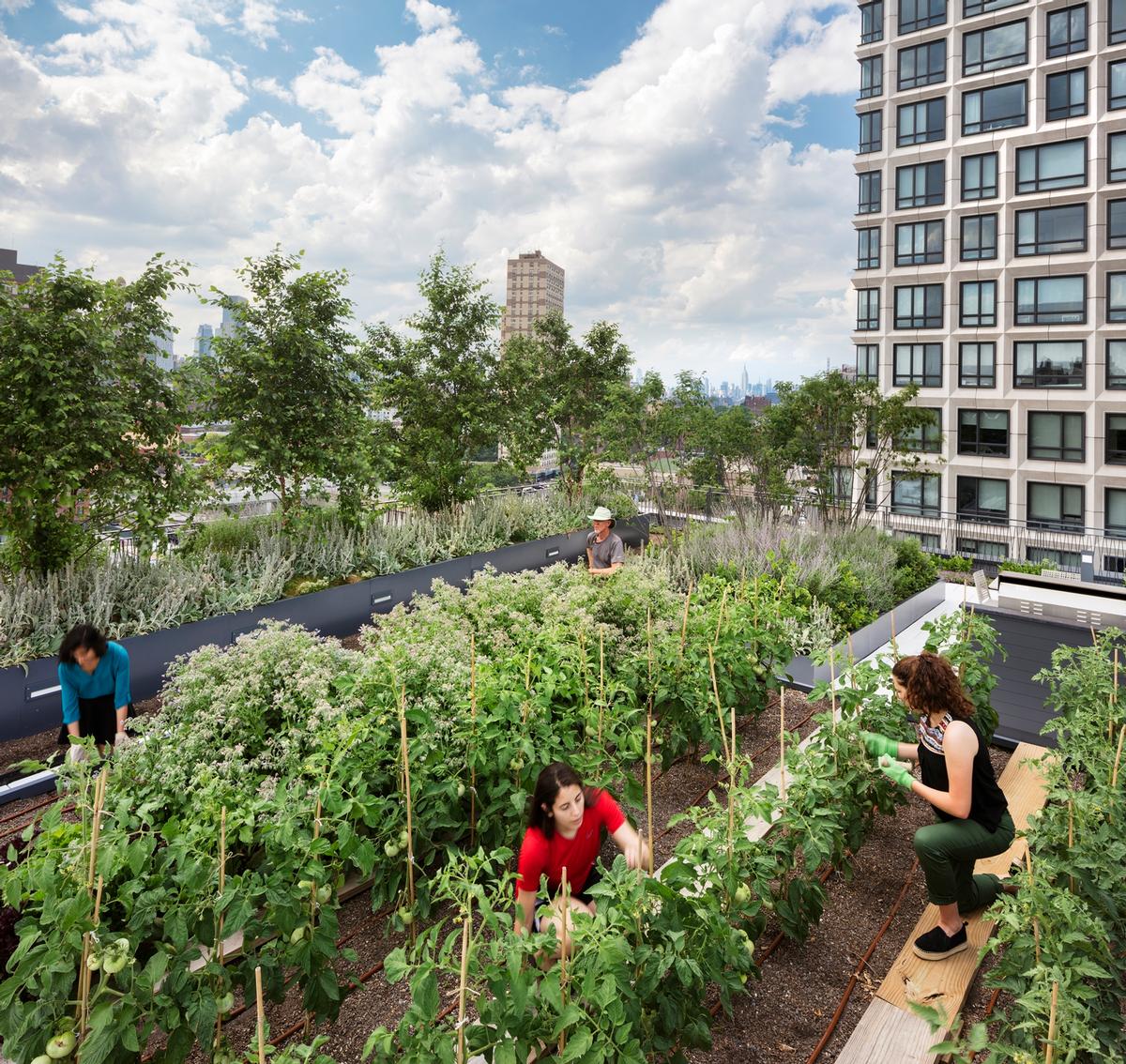
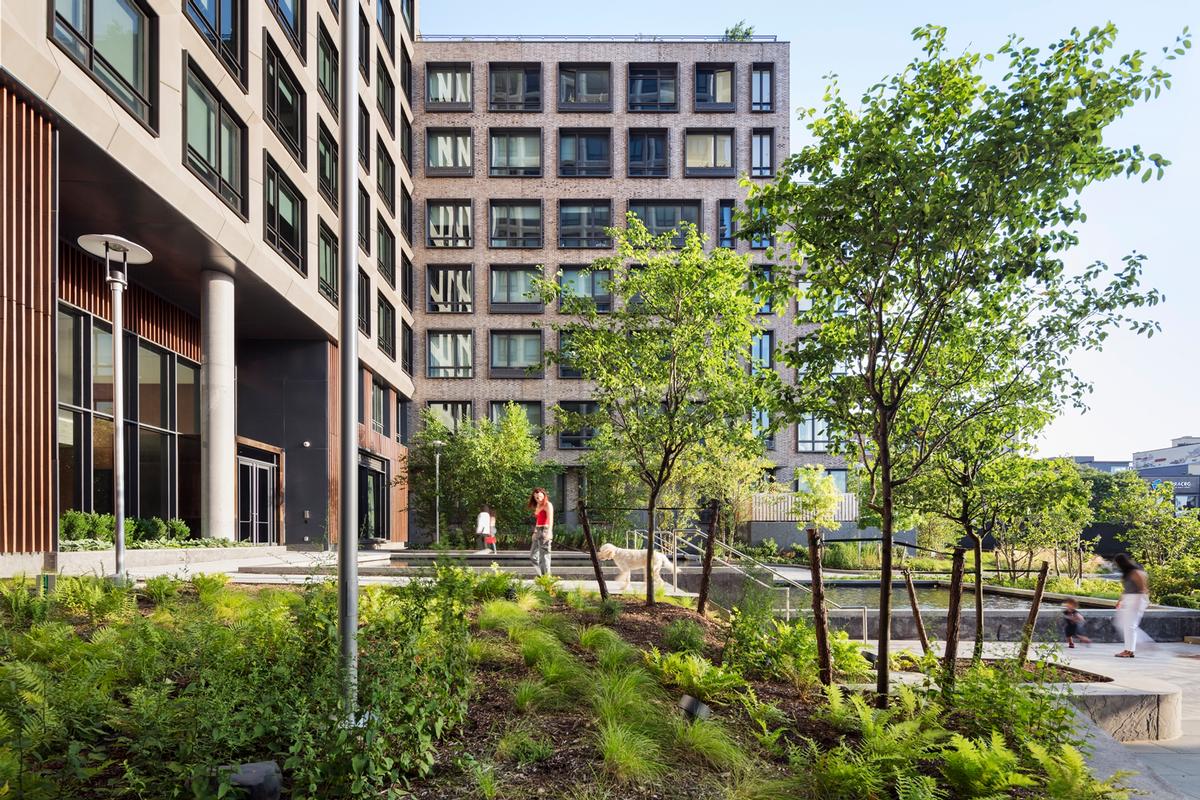
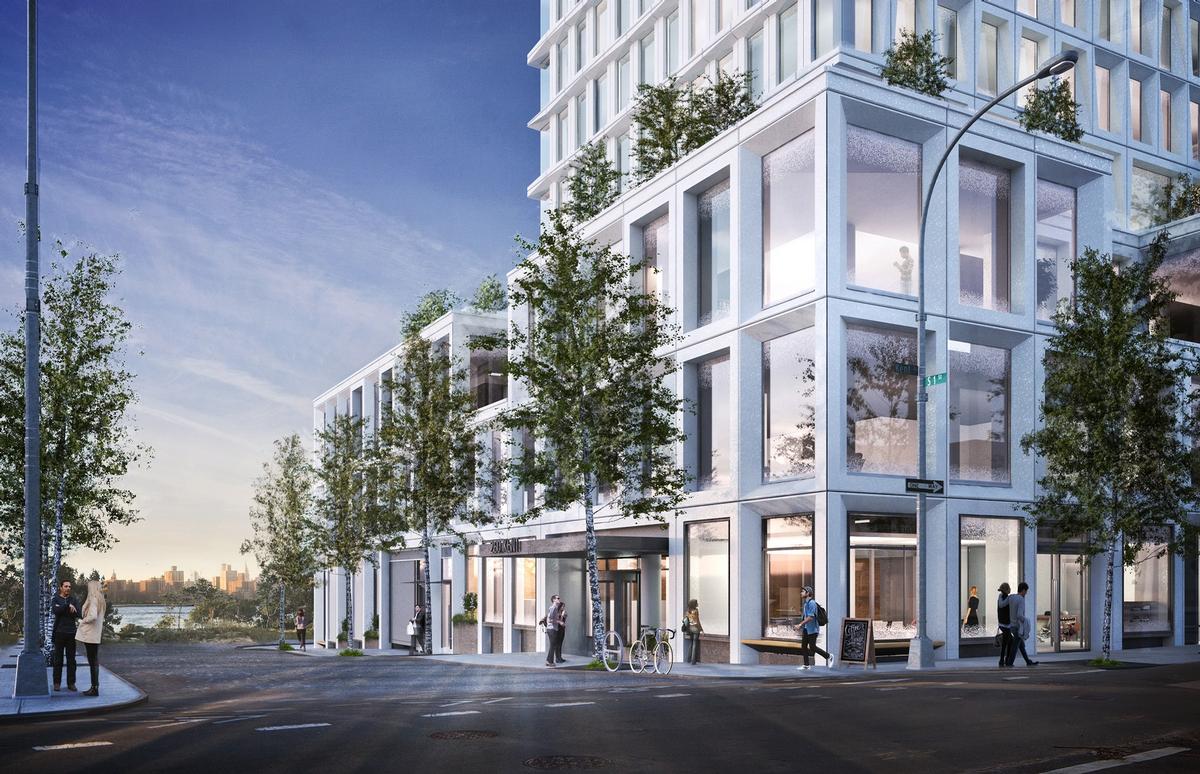
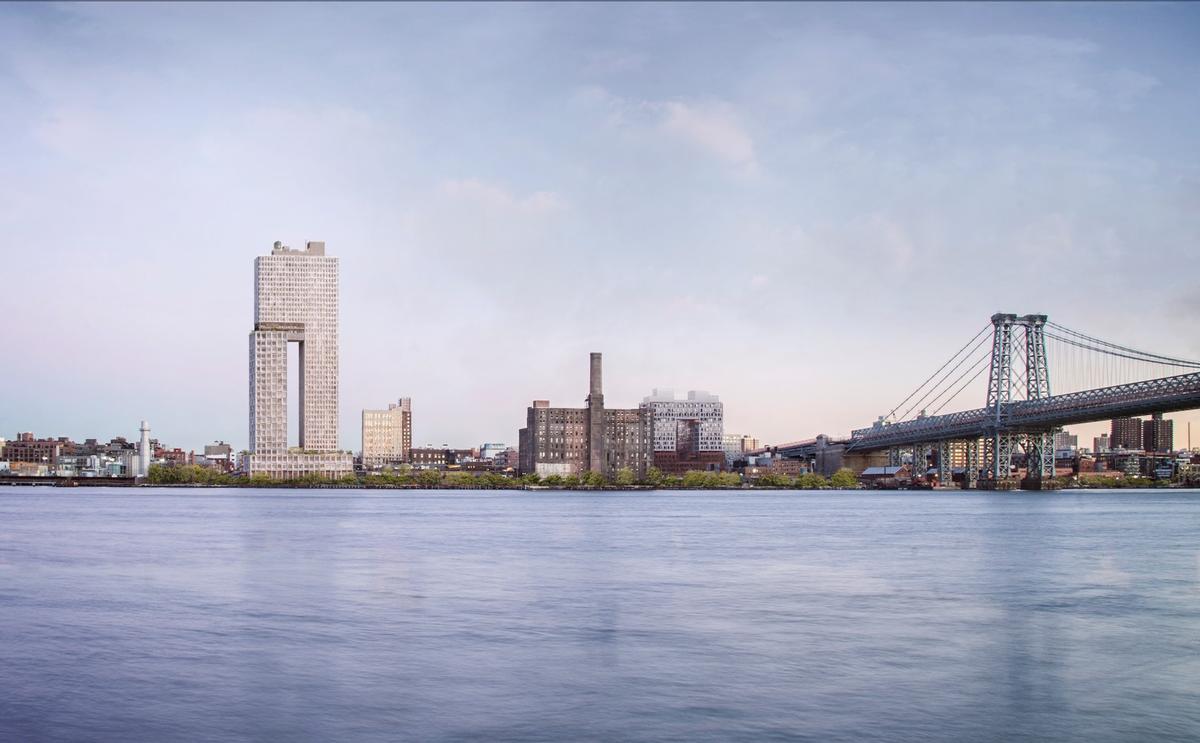
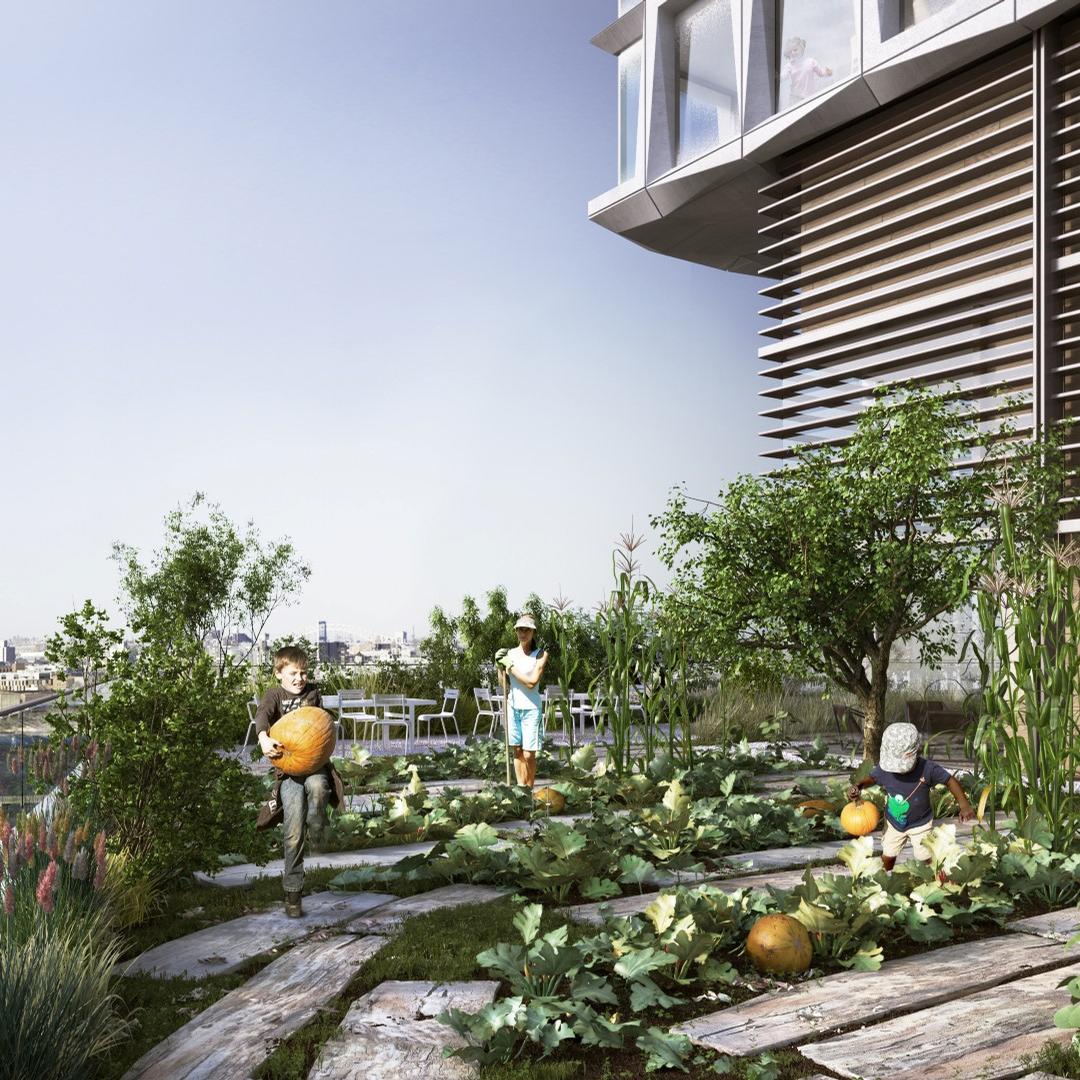
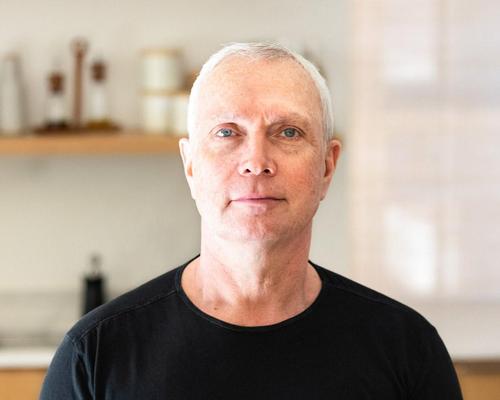

Equinox Hotels to launch futuristic wellbeing resort in Neom's luxury coastal region

La Maviglia resort and medi-spa launching in Puglia in 2027, designed by Oppenheim Architecture

Vogue launches first Global Spa Guide – picks 100 of the world’s best spas

Japan's first Blue Zones longevity retreat to launch at Halekulani Okinawa

Total Fitness to launch purpose-built Women’s Gym

Deepak Chopra-backed wellness resort Ameyalli to open among historic Utah hot springs
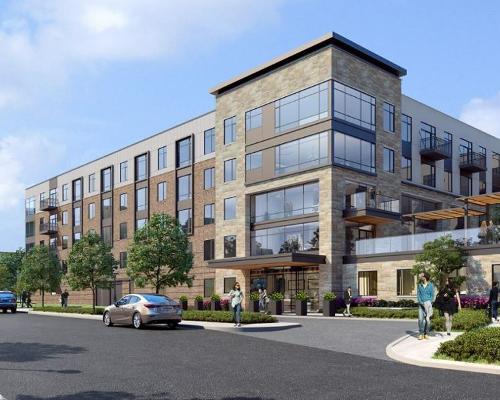
Life Time Group Holdings does US$40 million sale and leaseback deal to fund growth
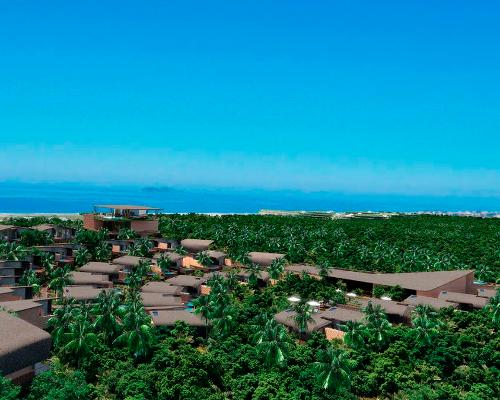
Ritz-Carlton Reserve to land in South America with tropical retreat in Rio de Janeiro
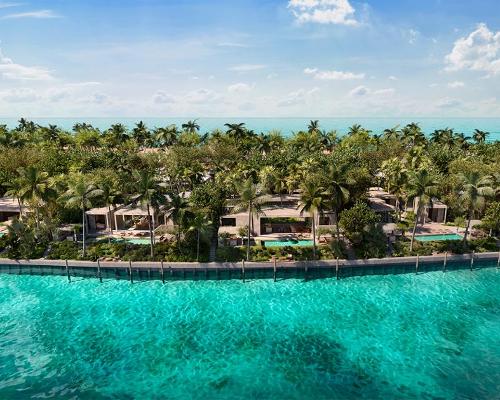
Banyan Tree to debut in Caribbean with Oppenheim-designed island retreat
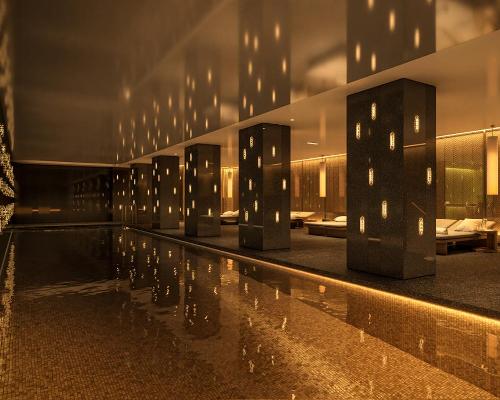
Mandarin Oriental’s new London hotel and urban spa retreat opening 3 June

GWI unveils latest edition of Hydrothermal Spa & Wellness Development Standards to elevate industry practices

Merlin unveils record-breaking Hyperia coaster at Thorpe Park

Connection, creativity and nature inspire Arizona’s upcoming desert wellness sanctuary Align
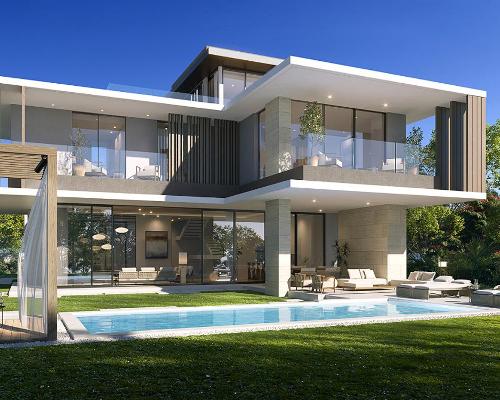
Wellness real estate market booming – forecast to reach $913bn by 2028, reports GWI
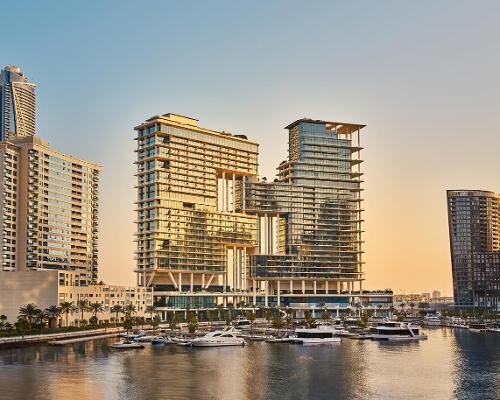
UAE’s first Dior Spa debuts in Dubai at Dorchester Collection’s newest hotel, The Lana
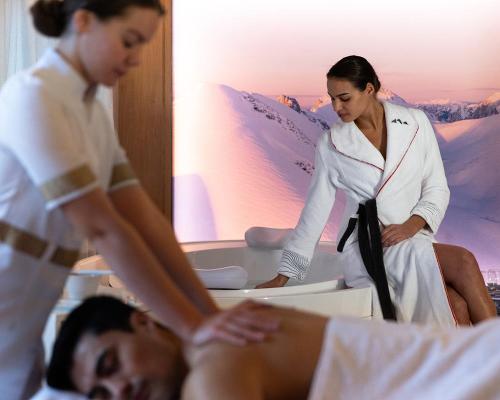
Europe's premier Evian Spa unveiled at Hôtel Royal in France
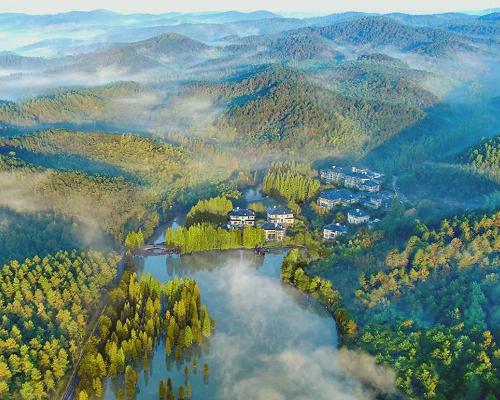
Clinique La Prairie unveils health resort in China after two-year project
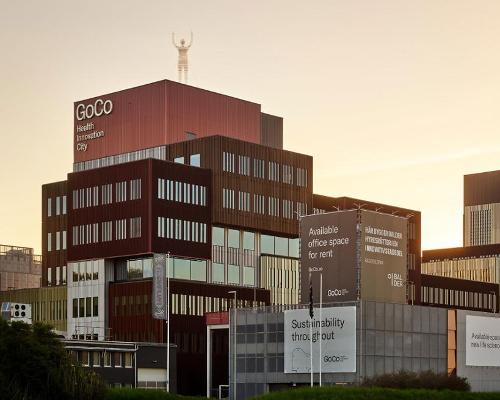
GoCo Health Innovation City in Sweden plans to lead the world in delivering wellness and new science
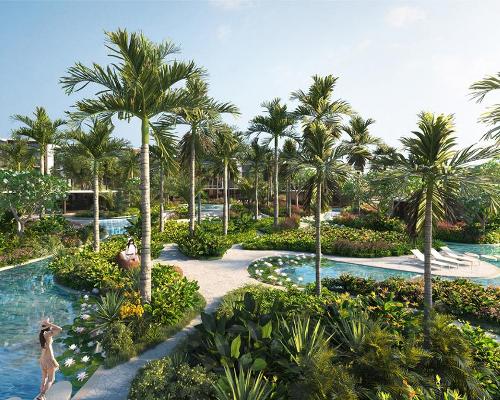
Four Seasons announces luxury wellness resort and residences at Amaala
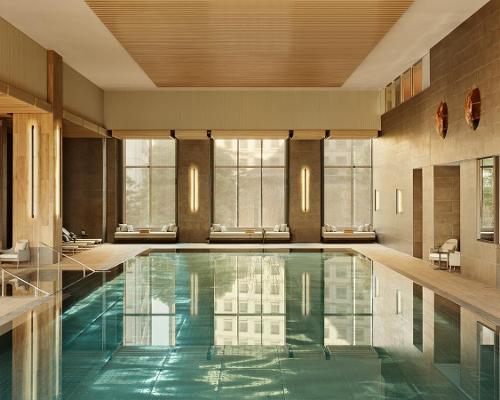
Aman sister brand Janu debuts in Tokyo with four-floor urban wellness retreat
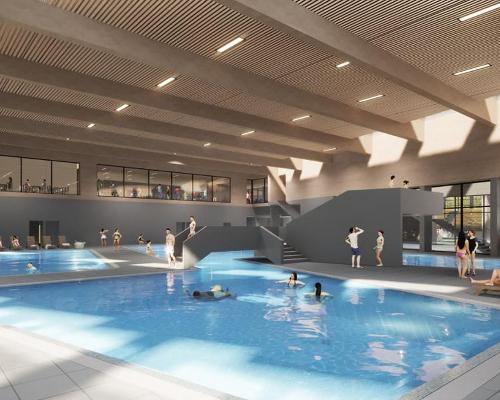
€38m geothermal spa and leisure centre to revitalise Croatian city of Bjelovar
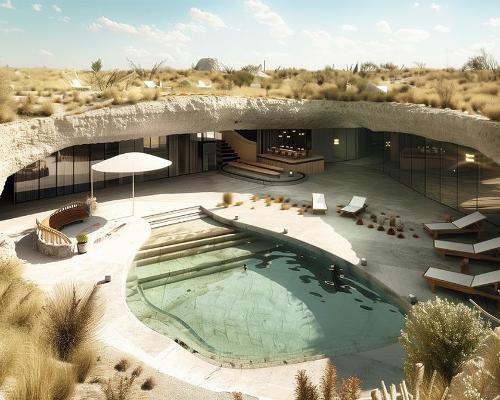
Two Santani eco-friendly wellness resorts coming to Oman, partnered with Omran Group
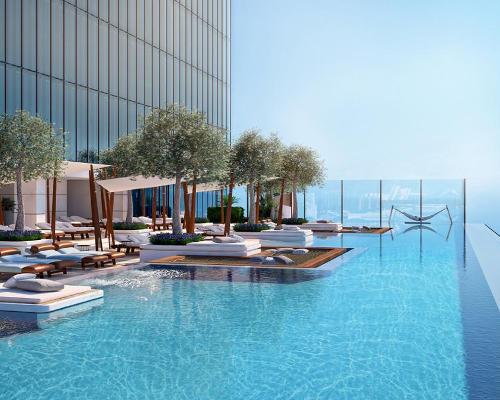
Kerzner shows confidence in its Siro wellness hotel concept, revealing plans to open 100
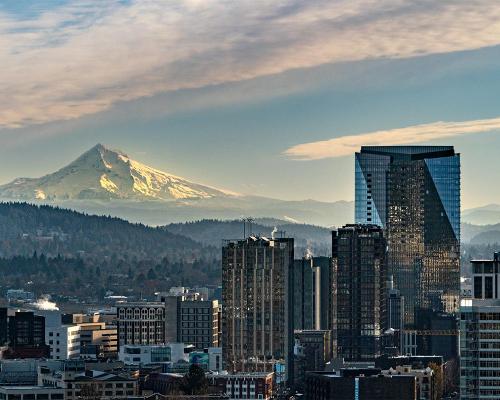
Ritz-Carlton, Portland unveils skyline spa inspired by unfolding petals of a rose
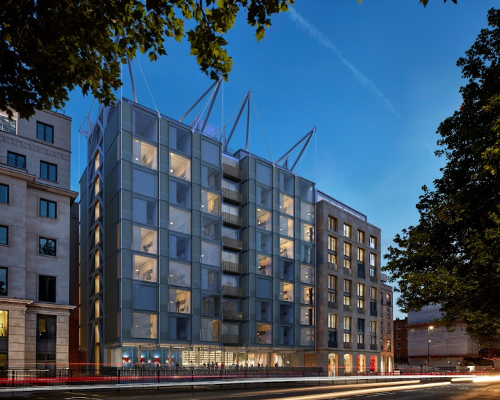
Rogers Stirk Harbour & Partners are just one of the names behind The Emory hotel London and Surrenne private members club

Peninsula Hot Springs unveils AUS$11.7m sister site in Australian outback
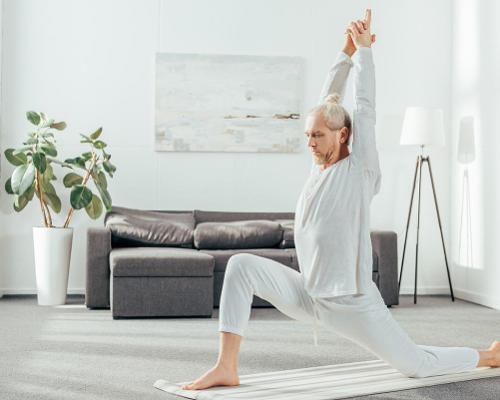
IWBI creates WELL for residential programme to inspire healthy living environments
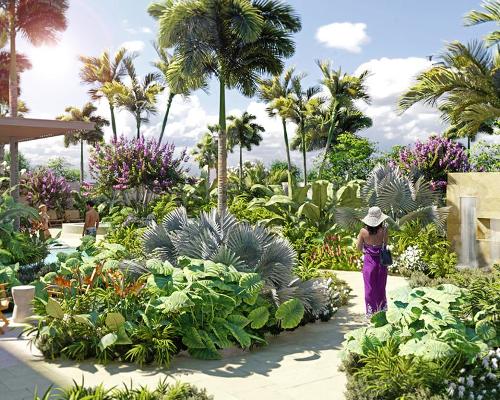
Conrad Orlando unveils water-inspired spa oasis amid billion-dollar Evermore Resort complex
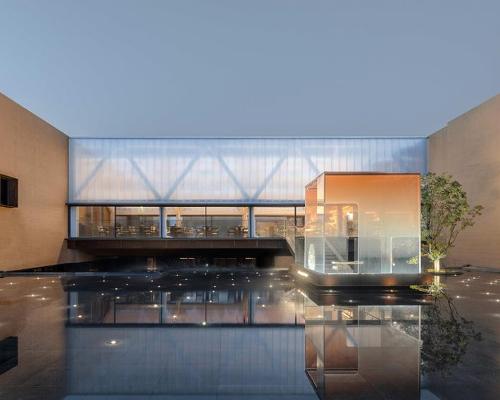
Studio A+ realises striking urban hot springs retreat in China's Shanxi Province
